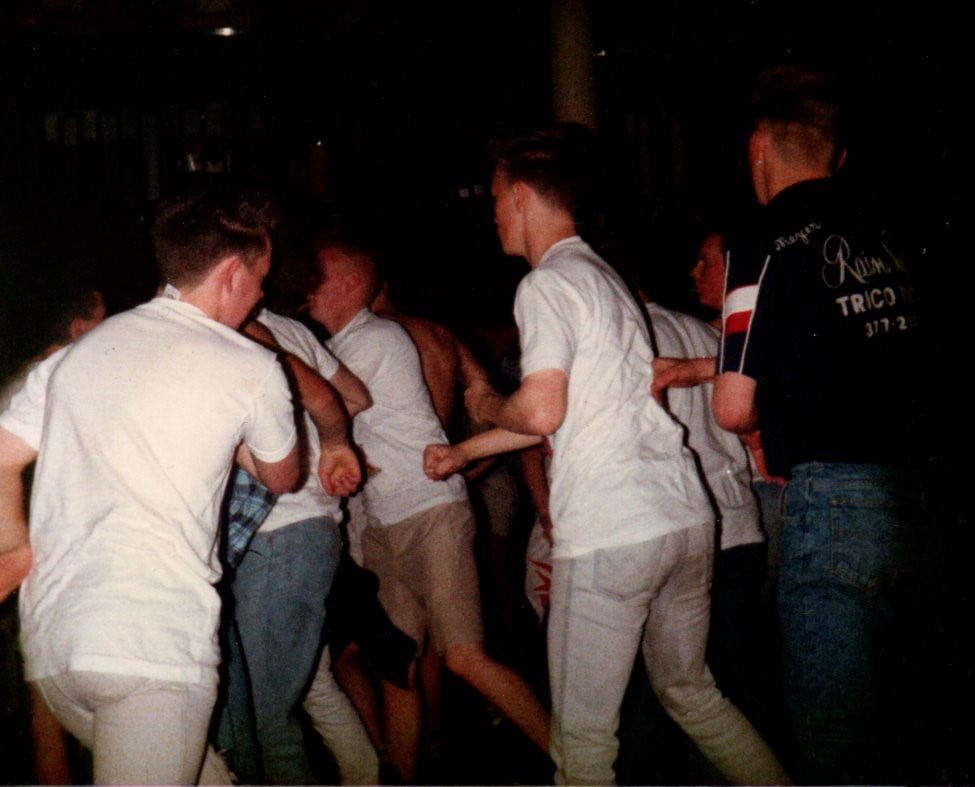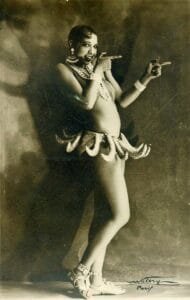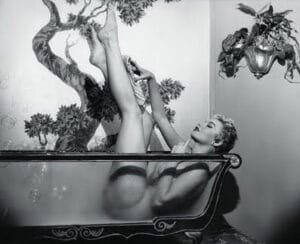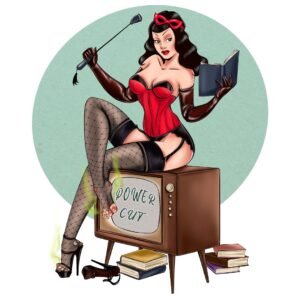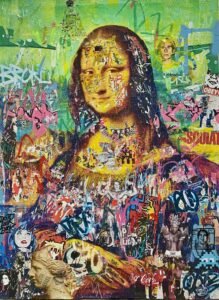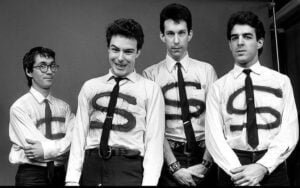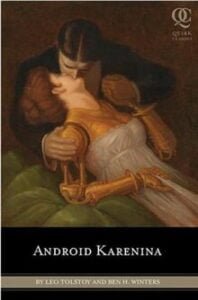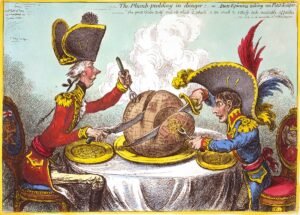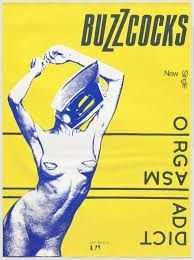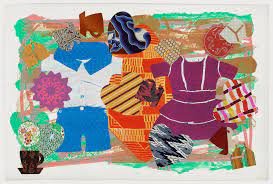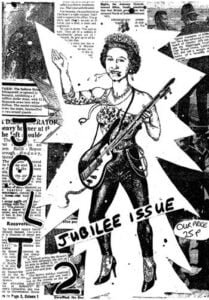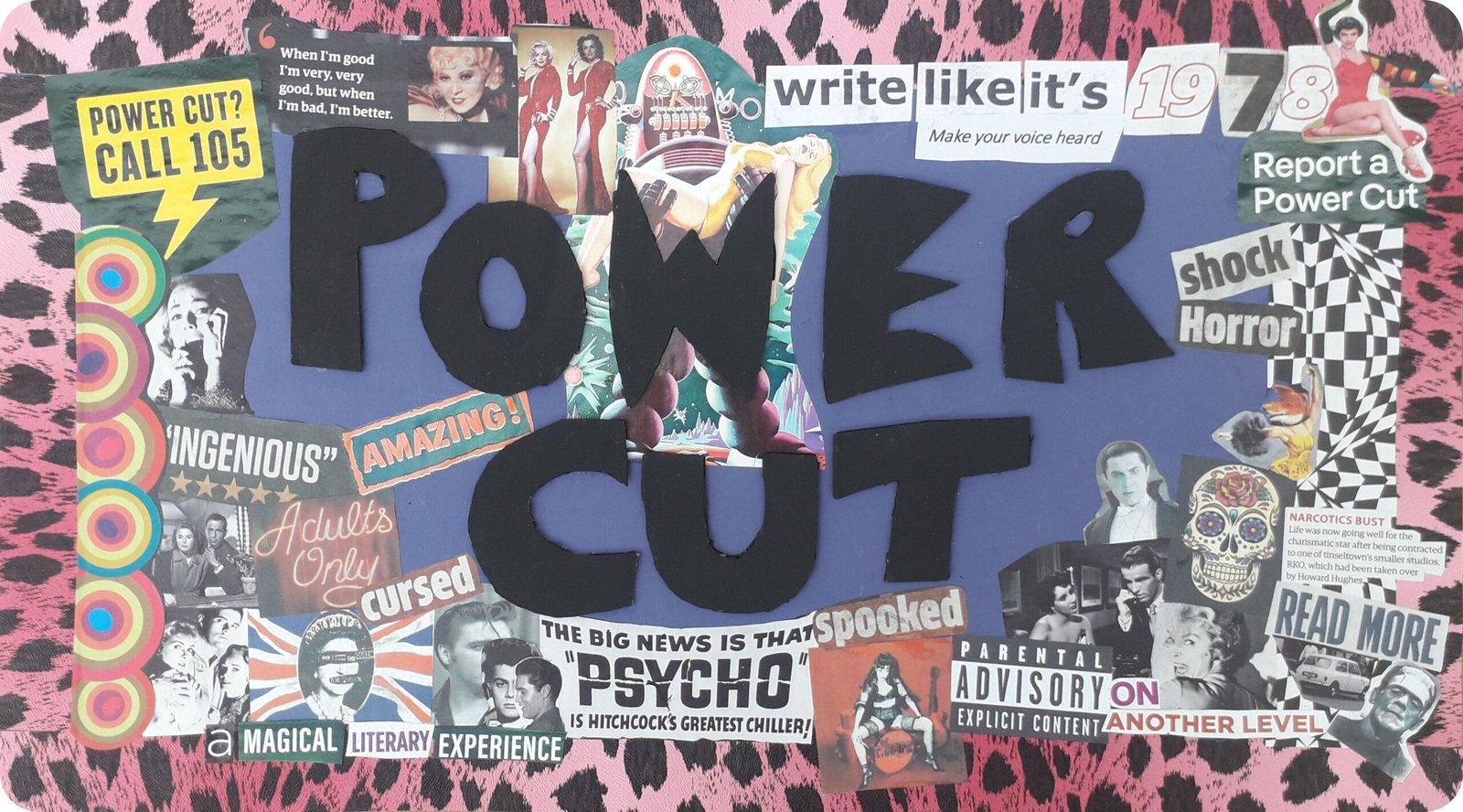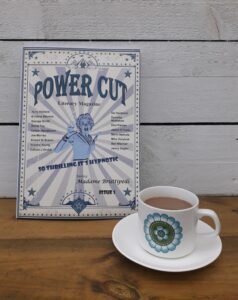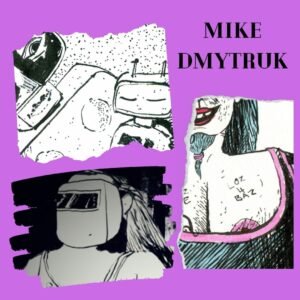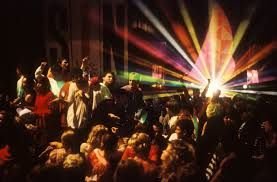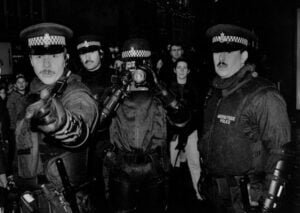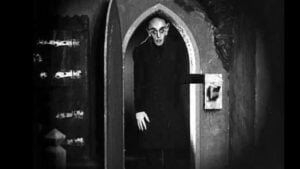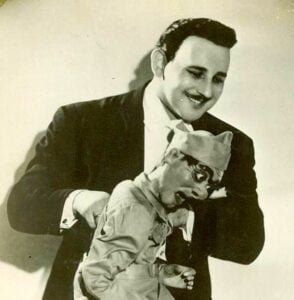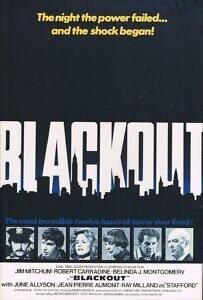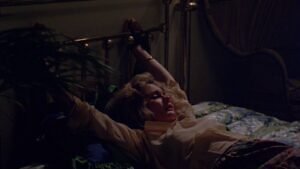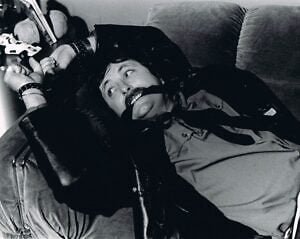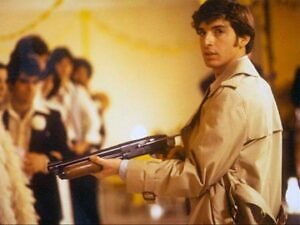Issue 2 of Power Cut literary magazine is here!
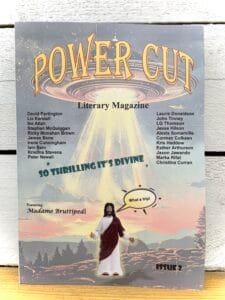
Featuring; Ricky Monahan Brown, David Partington, James Bone, Irene Cunningham, Marka Rifat, Iain Bain, Kris Haddow, Laurie Donaldson, Jesse Hilson, Ike Attah, Kristina Stevens, Esther Arthurson, Alexis Somerville, Liz Kendall, Peter Newall, Stephen McQuiggan, Cormac Culkeen, Christina Curran, Jason Jawando & LG Thomson.
For the uninitiated amongst you, Power Cut is a literary and arts magazine, based in Scotland, UK, with a love for 20th century culture. Issue 2 follows the same winning format as Issue 1 with short stories, poetry, memoir, art, retro recipes and a column from our resident bibliotherapist and foot dominatrix – Madame Bruttipedi.
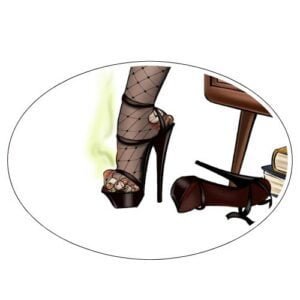
Provocateurs Are Provoking!
Issue 2 kicks off with the superbly creepy ‘Artiste’ by Esther Arthurson. Set in a psychiatric/forensic unit it explores the boundaries of sanity and madness – while giving off serious Silence of the Lambs vibes!
The theme of Issue 2 is ‘provocateur’ and Jesse Hilson’s drawings/artwork and both provocative and subversive. ‘Miss Scarlet’ flow nicely on from ‘Artiste’ and before we can take a breath we are into the work of Cormac Culkeen. Cormac has contributed two poems that don’t take any prisoners in their intensity,
where our mind was a consumptive’s and we were motes dancing over an open grave’s howling
maw, our gazes and hearts narrowed to blurred horizons.
(Recollections by Cormac Culkeen)
His second poem ‘Detail of an Uninvited Guest, 2003’ is written in prose style and charts the desperation of someone searching for escape and release.
Vintage Style
Our vintage ads provide some light-hearted relief from all the intensity and the first one taken from ‘Practical Householders’ demonstrates how to build your own fridge.
Marka Rifat features some beautiful poetry that evokes childhood memories, nature and electronic music pioneers Daphne & Delia.
‘Rochester Vibes’ by Liz Kendall has us consider the similarities between Axl Rose and Mr Rochester. Never again will you think of one without the other creeping in next to him.

‘Spirit’ by Kris Haddow opens up a moment in time in an unnamed Scottish city and reflects on the fragility and interconnection of life that often goes by unnoticed.
Laurie Donaldson’s poetry has a cultural edge and opens up brutalism, the work of Nam June Paik and the bursting of the Dom Aquarée in Berlin,
bunched shoals slowly rotating
to freefall, clownfish, batfish,
surgeonfish tumbling in gravity’s
sudden embrace.
‘The day the fish were free’ is curated with ‘Drift’ by Ike Attah, a painting in acrylic of the shoreline at Redcar beach, in the northeast of England.
The next story is a tongue-in-cheek re-imagining of a Famous Five story with a modern-day twist by David Partington. See what happening when the gang investigate the local milkman!
Gen-X, Nudity and Horses
Kristina Stevens’ prose poetry explores protest and anti-establishment lifestyles and leads us into Ricky Monahan Brown’s blistering take-down of (or tribute to?) Gen-X in ‘Phantom Limbs’. Things get intense and raw again in ‘The Father, The Scum and The Holy Spirits’ by John Tinney which describes a man torn between his role as a father and his corporeal desires. Warning: it contains nudity. James Bone and Irene Cunningham serve up some much needed poetry before Peter Newall takes us back to post-war Germany and the cost of our innate need for freedom, in ‘All the King’s Horses’. Madame Bruttipedi provides the comic relief this time as she takes a trip to Comoros to open a library and train a burlesque troupe in Hahaia (yes, it’s a real place).
LG Thomson has written a beautifully honest and touching essay/memoir about growing up and her affinity with and love for the American new wave band, DEVO. The photograph of the author in her yellow plastic DEVO suit alone is worth the price of the magazine!
We move on to odd behaviour next with Iain Bain’s ‘Horses Mostly’, a story about the ultimate grifter, anxiety and hating Marcel Duchamp.
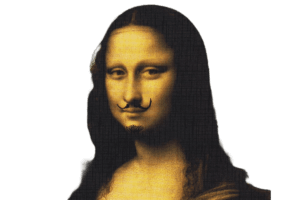
Surrealism and Recipes
Finally – we get to what everyone has been waiting for, the retro recipe. I’m not going to give any spoilers, but it involves bananas, boiled ham, mustard and cream.
Jason Jawando’s story ‘Tupac is Dead’, is a farcical encounter involving a bicycle and a Chinese takeaway. And then things get really surreal in ‘Lobsters’ by Alexis Somerville which continues the burlesque vibe in a rundown seaside town.
‘Eldorado Nights’ by Christina Curran is a surreal photograph which highlights how everyday objects can create beauty if we are prepared to change our perception. The odd and surreal continues in our last story, ‘Win the Headlines’ by Stephen McQuiggan. After reading this you will always be wary of free newspapers. Issue 2 ends with the poem ‘Boat the the May’ by Marka Rifat,
Sand eels, the only glint of light, held in serrations.
Sandwiches, held in gloved hands, forgotten in the whirr.
You can purchase Power Cut here
You can also give yourself the gift of an A3 print of the inimitable Madame Bruttipedi or – if you are feeling brave – a personal bibliotherapy prescription from her!
